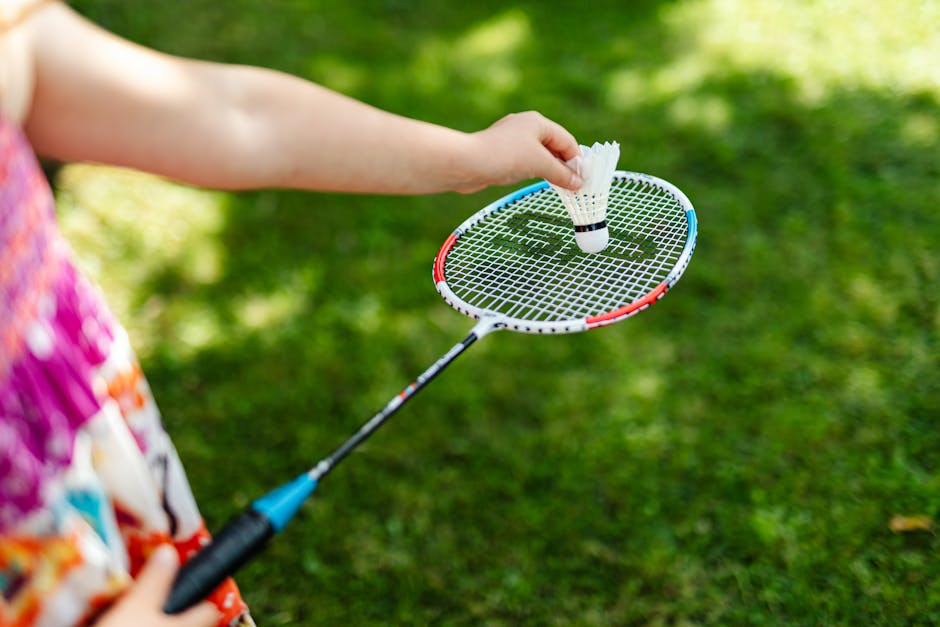Badminton is a fast-paced and exhilarating sport that requires the right equipment to excel. The badminton racket is a crucial component that influences your performance on the court. Choosing the right racket can enhance your technique, power, and ultimately, your chances of success. In this comprehensive guide, we will explore the essential aspects of badminton rackets, helping you make an informed decision based on your skill level, playing style, and budget.
**Types of Badminton Rackets**
Badminton rackets come in two primary types: head-heavy and head-light. Head-heavy rackets offer increased power and control, making them suitable for advanced players who prefer smashing and powerful shots. Head-light rackets, on the other hand, are more maneuverable and provide greater speed and agility, benefiting beginner and intermediate players who prioritize quick reflexes and precision.
**Frame Materials**
The frame of a badminton racket is typically made from either carbon fiber or aluminum. Carbon fiber rackets are lightweight, durable, and offer exceptional power and control. They are the preferred choice of professional players and advanced enthusiasts. Aluminum rackets are more affordable, but they tend to be heavier and less durable. They are suitable for beginners and recreational players.
**Grip Size and Shape**
The grip size of a badminton racket is measured in millimeters and ranges from G4 to G6. The appropriate grip size depends on the circumference of your hand. A comfortable grip allows you to hold the racket securely without straining your fingers. Additionally, the shape of the grip can vary, with oval grips being more traditional and round grips offering greater comfort.
**String Tension**
String tension plays a vital role in badminton rackets. Higher tension strings provide more power and control, while lower tension strings offer greater flexibility and feel. The recommended string tension for most players is between 18 and 26 pounds. However, the ideal tension may vary depending on your playing style and preferences.
**Balance Point**
The balance point of a badminton racket refers to the point along the handle where the racket balances perfectly. A head-heavy racket will have a balance point higher up the handle, while a head-light racket will have a balance point closer to the head. Choosing the right balance point is essential for maximizing your playing comfort and performance.
**Choosing the Right Racket**
Selecting the right badminton racket requires careful consideration of several factors. Beginners may want to opt for a head-light racket with a larger grip size and lower string tension. Intermediate players can explore head-heavy rackets with medium grip sizes and string tensions. Advanced players seeking maximum power and control should consider high-end carbon fiber rackets with head-heavy frames and higher string tensions.
**Conclusion**
The badminton racket is an essential tool that can significantly impact your performance on the court. By understanding the different types, materials, and features of badminton rackets, you can make an informed decision that matches your skill level, playing style, and budget. Whether you are a beginner or a seasoned player, the right racket will enhance your technique, power, and ultimately, your enjoyment of the game.
